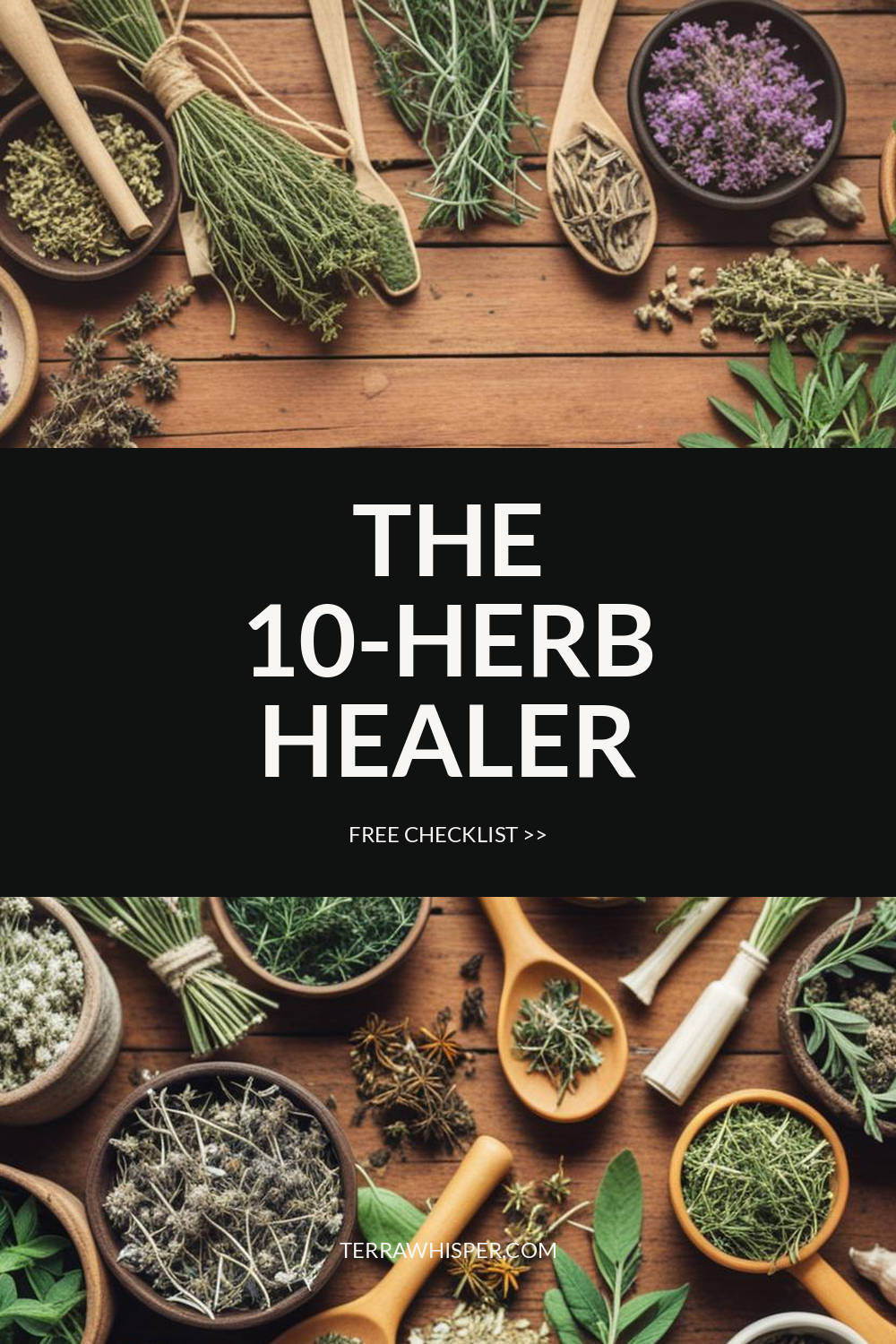Aloe Vera (Aloe Vera)
Information Reliability Score: 2/10
This score reflects the overall reliability of the information presented in this article. It is based on the quality of scientific evidence, accuracy of sources, and the transparency of references related to Aloe vera.
Aloe Vera, scientifically known as Aloe vera, is a medicinal herb widely recognized for its numerous health benefits and versatility in traditional and modern wellness practices. It contains a variety of bioactive compounds, including vitamins, enzymes, and antioxidants, which contribute to its primary benefits such as promoting skin healing, reducing inflammation, and supporting digestive health. Traditionally used in cultures across Africa, the Middle East, and Asia, Aloe Vera has been valued for its ability to treat burns, wounds, and skin conditions for thousands of years. In modern wellness, it is commonly used in topical gels, oral supplements, and skincare products due to its soothing and rejuvenating properties. One of its unique features is the presence of a rare active compound called aloin, which has been studied for its potential anti-inflammatory and antimicrobial effects, making Aloe Vera a remarkable plant with a rich historical and scientific legacy.
FREE CHECKLIST
The Only 10 Herbs You Need to Heal 90% of Common Ailments.

